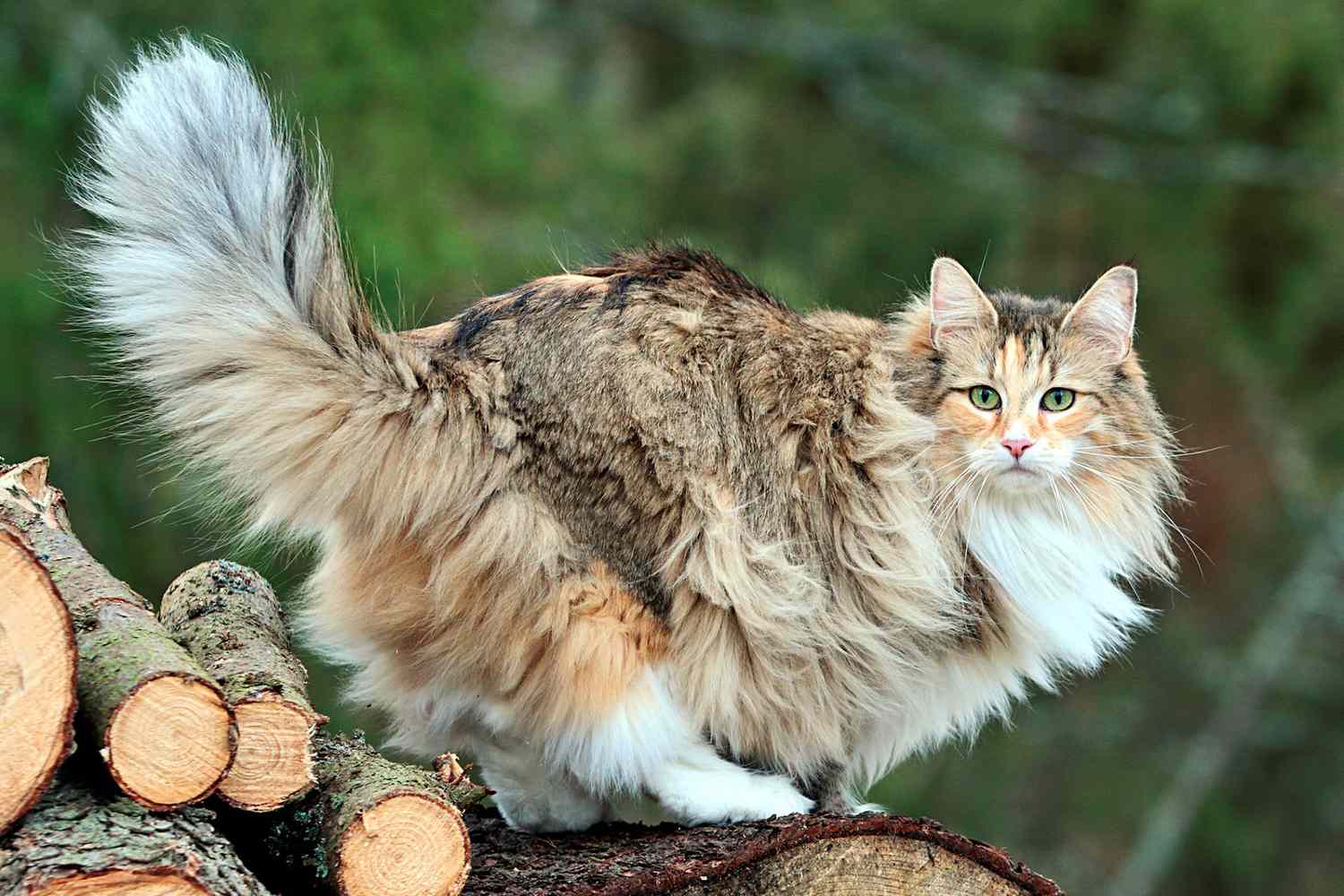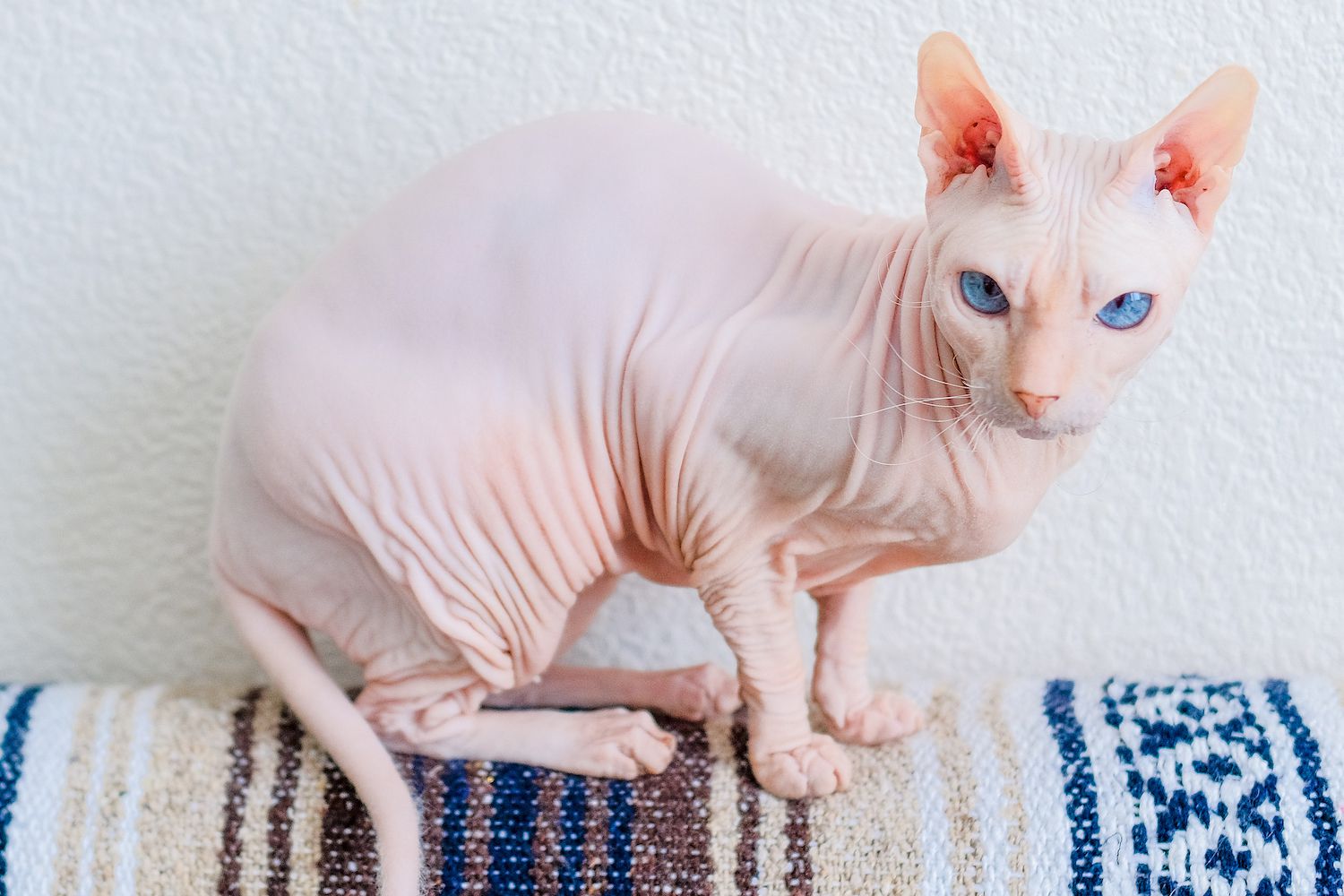Norwegian Forest Cat: Complete Guide to the Majestic Viking Feline
The Norwegian Forest Cat, affectionately called “Wegie” by enthusiasts, is a majestic, rugged, and captivating breed that traces its roots to the cold forests of Norway. With its thick coat, commanding presence, and gentle temperament, this feline has stolen hearts around the world. Whether you’re considering adopting one or just want to learn more, this complete guide covers everything you need to know about the Norwegian Forest Cat—from traits and training to grooming, care, and costs.
1. Breed Profile: Norwegian Forest Cat
- Origin: Norway
- Breed Group: Natural
- Size: Medium to large
- Weight: 12–16 lbs (males), 8–12 lbs (females)
- Lifespan: 12–16 years
- Coat: Long, double-layered, water-resistant
- Colors: All colors and patterns (except colorpoint)
- Eye Color: Green, gold, copper, or odd-eyed
- Temperament: Friendly, intelligent, independent, gentle
The Norwegian Forest Cat is a natural breed that evolved in the harsh Norwegian wilderness. It’s thought to have been around since the Viking Age and was even mentioned in Norse mythology. Today, it is Norway’s official national cat.
2. Characteristics and Personality
Physical Appearance
Wegies have a strong, muscular build designed for climbing and endurance. Their triangular-shaped heads, almond eyes, tufted ears, and bushy tails give them a wild yet regal look. One of their most distinguishing features is their luxurious coat—a thick, water-resistant double-layered fur that keeps them warm in cold climates.
Temperament
- Affectionate yet independent: Norwegian Forest Cats are friendly and enjoy human company, but they are not overly clingy.
- Quiet: They are typically quiet cats, communicating with soft chirps and purrs.
- Playful and intelligent: These cats love climbing, playing with puzzle toys, and exploring their environment.
- Adaptable: They adjust well to families, singles, and even dogs or other cats, given proper introductions.
3. How to Care for a Norwegian Forest Cat
Diet and Nutrition
Due to their large frame and muscular build, Norwegian Forest Cats benefit from a high-protein, low-carb diet. Feed them premium wet or dry cat food formulated for active or large breeds. Always provide clean water.
- Meal Frequency: 2 meals a day for adults
- Watch for weight gain: They are prone to obesity if overfed or under-exercised.
Grooming Needs
Although their fur is designed to resist matting, regular grooming helps maintain their beautiful coats and reduces shedding.
- Brush: 2–3 times a week; daily during shedding seasons (spring and fall)
- Bathing: Rarely needed, as their coats naturally repel dirt
- Claw trimming: Every 2–3 weeks
- Ear cleaning and dental care: Monthly checks recommended
Exercise and Enrichment
Despite being calm indoors, these cats enjoy physical activity and mental stimulation.
- Cat trees and climbing shelves are essential
- Interactive toys and puzzle feeders help with mental stimulation
- Outdoor enclosures (catios) can provide a safe way to explore outside
4. How to Train a Norwegian Forest Cat
These intelligent cats can be trained using positive reinforcement techniques like treats, clicker training, and praise.
Litter Training
Most breeders and shelters already litter-train Norwegian Forest Cats. However, if starting from scratch:
- Choose a large, open litter box
- Use unscented clumping litter
- Place it in a quiet, accessible location
Obedience and Commands
They can learn simple commands such as:
- Come
- Sit
- High-five
- Use of scratching post
Train for short sessions and always use rewards. Never punish—this breed responds best to gentle guidance.
5. How to Choose a Norwegian Forest Cat
When choosing a Norwegian Forest Cat, consider the following factors:
Adoption vs. Breeder
- Adoption: Check local shelters or breed-specific rescues. You might find adult cats needing homes.
- Reputable Breeders: If opting for a kitten, ensure the breeder is registered with organizations like CFA or TICA and follows ethical breeding practices.
What to Look For in a Kitten
- Bright eyes, clean ears, and a glossy coat
- Social and curious behavior
- Health records and vaccinations
- No signs of illness like sneezing or diarrhea
Questions to Ask the Breeder
- What is the kitten’s lineage?
- Have the parents been screened for genetic diseases?
- Can I see the environment where the kittens are raised?
6. Health Considerations
Norwegian Forest Cats are generally healthy, but they can be predisposed to certain conditions:
Common Health Issues
- Hypertrophic Cardiomyopathy (HCM): A genetic heart condition; reputable breeders screen for this.
- Glycogen Storage Disease IV: Rare but serious, usually screened by breeders.
- Hip Dysplasia: May affect older or overweight cats.
- Polycystic Kidney Disease (PKD): Less common but worth screening.
Vet Care
- Annual wellness exams
- Vaccinations and parasite prevention
- Spaying/neutering (if not done already)
7. Pros and Cons of Norwegian Forest Cats
✅ Pros
- Gentle and affectionate without being needy
- Intelligent and trainable
- Gets along with kids and pets
- Beautiful, majestic appearance
- Low-maintenance coat compared to similar long-haired breeds
❌ Cons
- Needs space to climb and explore
- Prone to obesity if not exercised
- Seasonal shedding can be heavy
- May be aloof with strangers
- Costly compared to common cat breeds
8. Norwegian Forest Cat vs. Similar Breeds
| Feature | Norwegian Forest Cat | Maine Coon | Siberian Cat |
|---|---|---|---|
| Origin | Norway | USA | Russia |
| Coat | Water-resistant, dense | Long, shaggy | Thick triple coat |
| Temperament | Calm, independent | Friendly, outgoing | Playful, affectionate |
| Size | Medium-large | Large | Medium-large |
| Grooming | Moderate | High | Moderate |
9. How Much Does a Norwegian Forest Cat Cost?
The price of a Norwegian Forest Cat varies depending on the breeder, location, lineage, and quality (pet vs. show cat).
Price Range:
- Pet Quality: $800 – $1,500
- Show/Breeding Quality: $1,500 – $3,000+
- Adoption from Rescue: $100 – $300
Ongoing Costs:
- Food & Supplies: $50–$100/month
- Vet Visits: $100–$300 annually (or more with insurance)
- Insurance (optional): $20–$40/month
- Grooming tools & toys: $100+/year
10. Is the Norwegian Forest Cat Right for You?
You may be an ideal match for a Norwegian Forest Cat if you:
- Appreciate an independent yet affectionate companion
- Can provide vertical spaces for climbing
- Enjoy a calm and gentle feline personality
- Are committed to regular grooming and vet care
- Want a long-term companion (12–16 years or more)
If you’re looking for a low-maintenance, short-haired lap cat that’s constantly glued to you, the Wegie might not be your best match. But if you’re drawn to beauty, intelligence, and quiet strength, this breed could be your perfect feline friend.
Conclusion
The Norwegian Forest Cat is a magnificent blend of wild beauty and gentle grace. Its origins, traits, and intelligence make it an exceptional pet for the right home. With proper care, enrichment, and love, a Wegie will reward you with years of majestic companionship. Whether climbing your bookshelf or quietly napping by your side, this Viking cat brings a timeless charm to any household.




